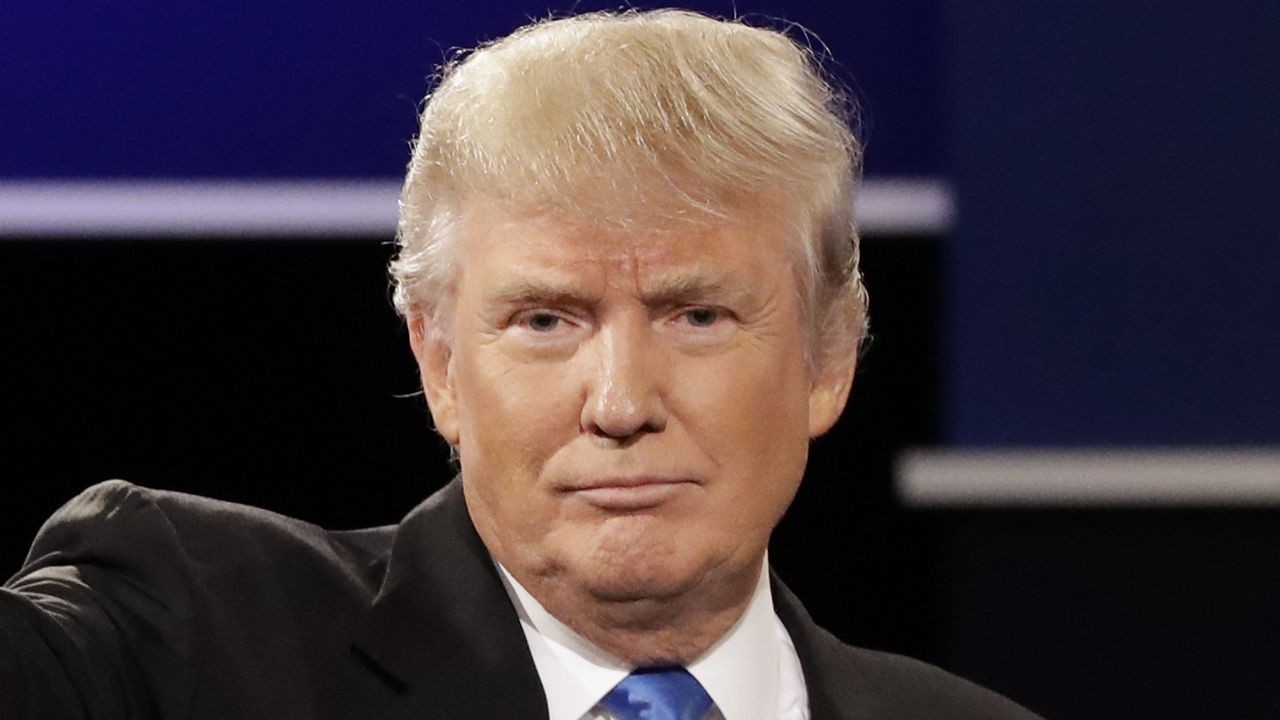
The government confirmed on Tuesday that the United States has given a 60-day withdrawal notice to India on the Generalised System of Preferences (GSP) benefits, which amount to duty reduction of 190 million dollars a year.Since the review initiated by the United States in April 2018 on India's GSP benefits, both countries have been discussing various trade issues of bilateral interest for a suitable resolution on mutually acceptable terms.
After US President Donald Trump announced his decision to withdraw India from the list of countries enjoying the Generalised System of Preferences (GSP) programme on goods exported to the United States, the government on Tuesday said that the economic value of GSP benefits are "very moderate."
"In April 2018, the United States decided to review the GSP. Total GSP duty benefits (relaxation) was USD 190 million. The economic value of GSP benefits are very moderate. The United States will terminate GSP in 60 days. Our relations remain strong with the United States and discussions will go on," Commerce Secretary Anup Wadhawan told reporters here.
GSP benefits are envisaged to be non-reciprocal and non-discriminatory benefits extended by developed countries to developing countries."In India's case, the GSP concessions extended by the United States amounted to duty reduction of only 190 million dollars per annum," said an official statement. "The United States had initiated the review on the basis of representations by the US medical devices and dairy industries, but subsequently included numerous other issues on a self-initiated basis."
These issues related to market access for various agriculture and animal husbandry products, relaxation and easing of procedures related to issues like telecom testing and conformity assessment, and tariff reduction on ICT products.The US Department of Commerce engaged with various government departments concerned with these issues, and India was able to offer a very meaningful way forward on almost all the US requests.In a few instances, specific US requests were not found reasonable and doable in light of public welfare concerns and considering India's developing country status and its national interest.
India was ready to address US concerns regarding medical devices in principle, by putting in place a suitable trade margin approach in a reasonable time-frame to balance concerns about fair pricing for the consumers and adequate remuneration for the suppliers. On the issue of dairy market access, India clarified that while its certification requirement, that the source animal had never been fed animal-derived blood meal, is non-negotiable (given the cultural and religious sentiment), the requested simplified dairy certification procedure could be considered without diluting this requirement.
Acceptability of US market access requests related to products like alfalfa hay, cherries and pork was conveyed. On reduction of IT duties, India's duties are moderate and not import stopping. Any MFN duty reduction would almost entirely benefit third countries. Accordingly, India conveyed willingness to extend duty concessions on specific items in which there is a clear US interest.
On telecom testing, India was willing to consider discussions for a mutual recognition agreement. Due to various initiatives resulting in enhanced purchase of US goods like oil and natural gas and coal, the US trade deficit with India has substantially reduced in calendar years 2017 and 2018.The reduction is estimated to be over 4 billion dollars in 2018, with further reduction expected in future years on account of factors like the growing demand for energy and civilian aircraft in India.
This reduction has happened in the face of a rising overall US trade deficit, including with some other major economies. India is also a thriving market for US services and e-commerce companies like Amazon, Uber, Google and Facebook with billions of dollars of revenue. The issue of Indian tariffs being high has been raised from time to time. It is pertinent that India’s tariffs are within its bound rates under WTO commitments, and are on the average well below these bound rates. India’s trade-weighted average tariffs are 7.6 per cent, which is comparable with the most open developing economies and some developed economies.
On developmental considerations, there may be a few tariff peaks which are true for almost all economies. India was agreeable to a very meaningful mutually acceptable package on the above lines to be agreed to at this time, while keeping remaining issues under discussion in the future, said the statement.


.jpeg)

